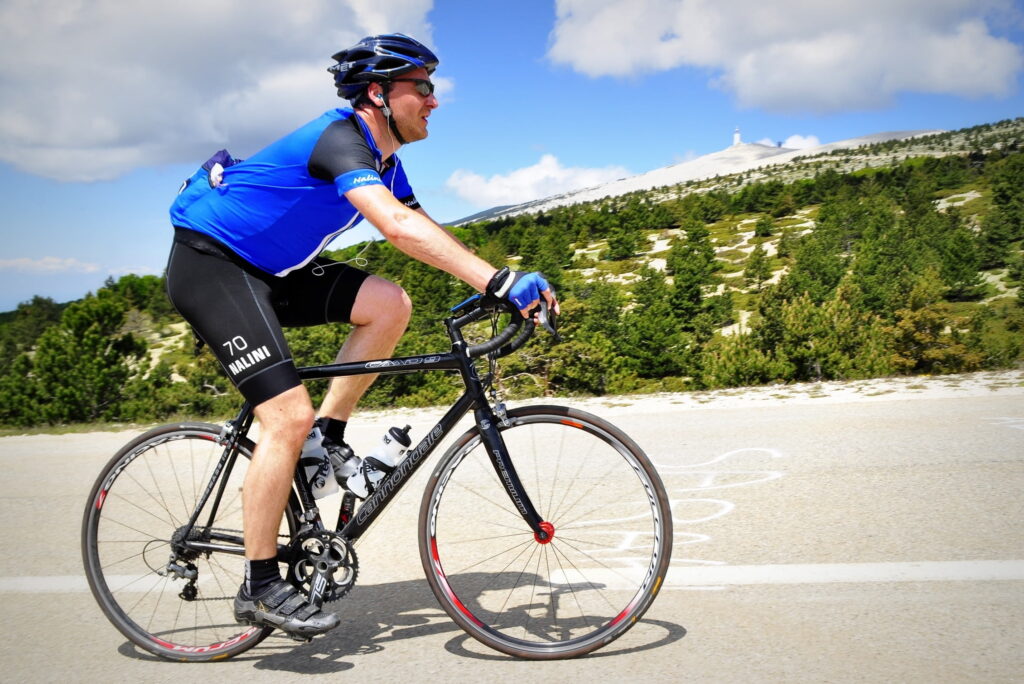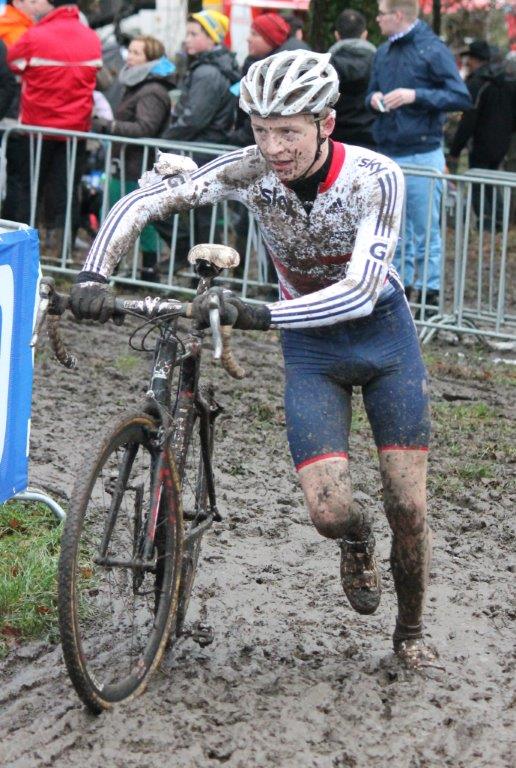One tool for improving cycling performance which not every rider knows is Rating of Perceived Exertion (RPE). This is an easy method of assessing training load which can be used to plan your training. Heart rate monitors power meters and lactate measurement are other methods which could be used to quantify training intensity and load. However the advantage of using RPE is that it costs nothing to use so is accessible to all. RPE is very low tech but in my experience is a surprisingly effective tool.

What is a rating of perceived exertion?
RPE was originally introduced by Gunnar Borg as a method of determining exercise intensity levels. Borg developed two scales, the first rates exertion from 6 to 20 (Borg Scale of Perceived Exertion). The other scale runs from 0 to 10 (Borg CR10). The 6 to 20 scale is designed to reflect the heart rate of a healthy young adult when multiplied by 10. This means that an exercise intensity scored as 14, approximately corresponds to a heart rate of 140 beats per minute. I tend to use the CR10 scale when coaching because it is easier for people to comprehend and apply.
So, RPE is simply a score between zero and ten of how hard a training session feels to you. A score of zero would be sitting down, doing nothing whereas ten would be so hard you couldn’t possibly give any more.
Setting training zones using rating of perceived exertion
RPE seems to be very stable when assessing relative exercise intensity. That is, a rider’s power output at threshold (e.g. FTP) may change with fitness but their perception of effort remains similar. Consequently, it is possible to use RPE to set exercise intensities within certain training zones without having to know the rider’s current threshold heart rate or power output. Using the RPE 6-20 scale, endurance rides would be performed up to a score of 11 and so-called threshold training at around 15-16. On the CR10 scale this would correspond to scores of 3 and 6-7, respectively.
Using rating of perceived exertion to evaluate your sessions
The concept of RPE can be extended further using Foster’s Session Rating of Perceived Exertion. The session RPE measures the overall load of a training session rather than just the moment to moment changes in intensity. This is calculated by multiplying the duration of the ride in minutes by the average RPE. You don’t need to actually calculate an average RPE. Just give the session a score based upon your overall feel even if the intensity varied a lot.
If you record the Session RPE score of each training session in your diary it provides an easy way of monitoring your overall training load. You can review your training load over a number of sessions and compare what load you thought a session should elicit against what it actually turned out to be. If a session was much more stressful than you anticipated, it might indicate that you misjudged the difficulty of the exercise you prescribed. It can also help to identify accumulation fatigue if the same session repeated on different days becomes markedly more stressful.
Evaluating training distribution
The RPE can also be used to deliver the right training distribution. It is impossible and unnecessary for a rider to train at high intensities all the time, although many try to. If training is consistently too hard with no variation the rider trains only a limited range of qualities. The training could also become monotonous and stressful and the risk of over-training becomes too great. Variety is needed with some long slow endurance rides and some harder, higher intensity intervals. Coming up with a training session by using a Session RPE score you want to target and then working backwards to get the duration and intensity can be a good method of ensuring you get more variety in your training and avoid excessive overreaching.
Alternatives to rating of perceived exertion
There are other ways of determining the overall intensity of a session using power data combined with heart rate, for example training stress score (TSS). However some of these other methods tend to be biased in favour of one type of exercise intensity over another. For example longer endurance training sessions tend to attract higher TSS scores than shorter duration riding. I sometimes see this pre-competition when riders are doing more intensity and cutting back some of the volume. The TSS score looks like it is falling but actually the rider is training really hard. Consequently the Session RPE can be a much better reflection of the cyclist’s perception of the overall training load.
I accept that this metric is not perfect – no single metric is. However it is effective to the extent that on a limited budget a rider can make significant improvements without having to rush to buy lots of tech.


